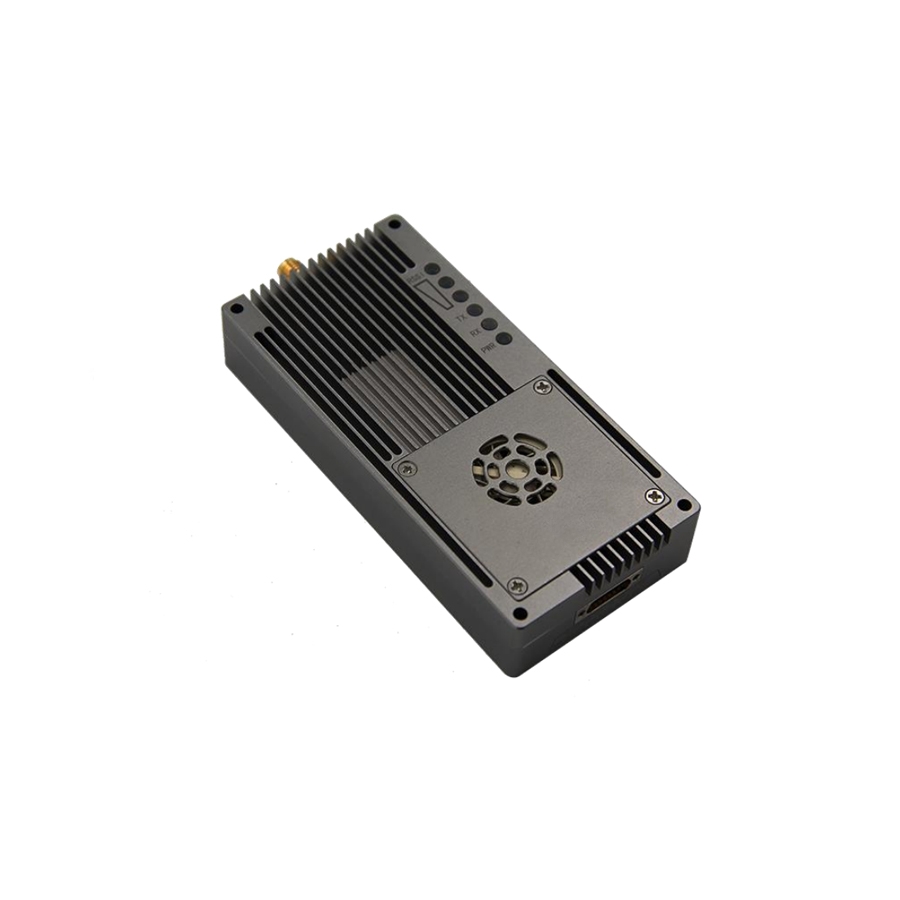Previous post
What is drone transmission power range?


Drone transmission refers to the methods by which data, such as video feeds, telemetry, and control signals, are sent between a drone and its operator or between different components of the drone itself. There are several types of drone transmission:
Radio Frequency (RF) Transmission:
Radio Control (RC): RC transmitters and receivers are commonly used for controlling drones. These use radio waves to send commands from the operator’s remote control to the drone.
FPV (First-Person View) Video: FPV drones transmit live video from an onboard camera to goggles or a screen in real-time using RF transmission.
Wi-Fi Transmission:
Many consumer drones use Wi-Fi for video streaming and sometimes for control. The operator’s smartphone or tablet connects to the drone’s Wi-Fi network to receive video and control the drone.
Bluetooth: Some drones use Bluetooth for short-range communication, typically for connecting the drone to a smartphone or tablet for control and configuration.
Cellular: More advanced drones may have cellular capabilities to extend their range for both control and data transmission. This is especially useful for long-distance flights and beyond-line-of-sight operations.
Satellite: High-end drones used for long-range missions or in remote areas may use satellite communication for control and data transmission. This allows them to operate in areas with no cellular coverage.
Infrared (IR) Transmission: Infrared signals are used for short-range communication, such as obstacle detection and avoidance in some drones.
Wired Connections: While less common, some drones may use wired connections for data transmission, especially for specialized applications. For example, tethered drones are connected to a power source and data link via a physical cable.
Mesh Networks: In situations where multiple drones need to communicate with each other, mesh networks can be employed. This allows drones to relay data between each other to extend the network’s range.
LOS (Line-of-Sight) and Non-LOS: Transmission types can also be classified based on whether they require a clear line of sight between the drone and the receiver (e.g., RF, Wi-Fi) or if they can operate without a direct line of sight (e.g., cellular, satellite).
Encryption and Security: Regardless of the transmission type, security is crucial for drone communication to prevent unauthorized access and data interception. Encryption protocols are often used to secure the transmission of data and control signals.
The choice of transmission type depends on the drone’s purpose, range requirements, and environmental conditions. Different drones may use a combination of these transmission methods to ensure reliable communication and control.

